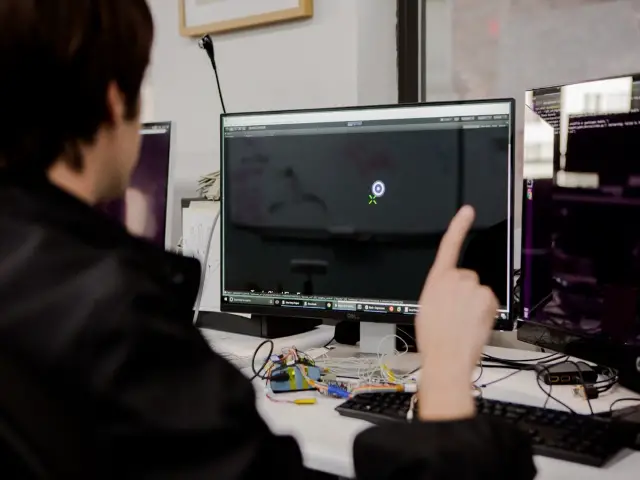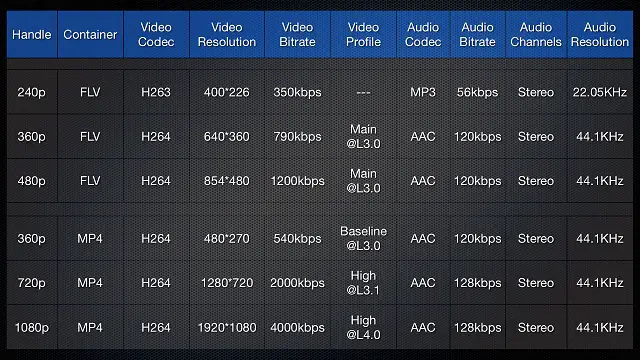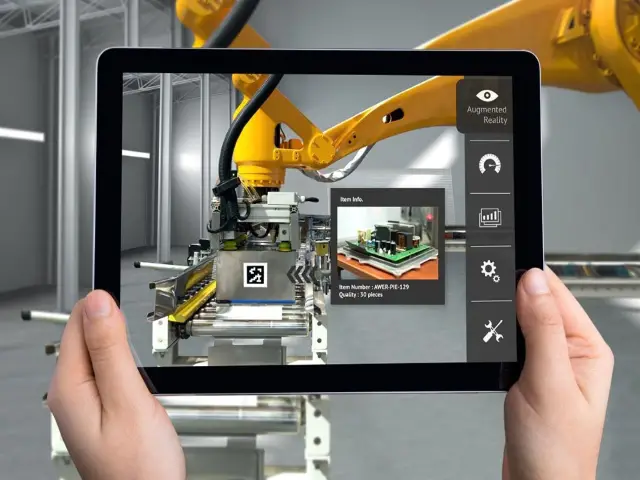Thomas Reardon a professional level techy expert in automation equips himself with a stretch band that was made of terrycloth with microchips and electrodes woven into a fabric on his limbs, sits on his chair turns on his computer and begins to type on the keyboard after few minutes of typing he kept the device aside and continued typing but in a different manner now he was not typing from his fingertips instead he was using brain signals to interpret or convert the words of which he was of thinking in mind to words on the screen. It looks as if it was impossible, one can easily type a hundred words per minute without using hands.
Nowadays though the Brain-Machine Interface may not be that much popular it is becoming more and more common among people. We all have heard of motion gaming in which some components are brought in contact with our body that sense the motion of our body and act accordingly. One could also feel a slight amount of pain on a certain blow from the opponent.
The year 2017 was the year when Brain-Machine Interface (BMI) came into limelight, which had a motive to channel the surprising contents of our brains to machine somehow which have surged to our existence. The idea has soared from science fiction to a capital attracting ventures in the years faster even than the speed of an electron.
Elon Musk, Facebook and many large firms have seriously talked about implants in the human body that would not only merge us with our computers but will also help to supercharge our intelligence to a whole new level. The decision is pending as it requires tangible and precise surgeries tearing tissues so that the implant could be embedded in.
All men in this field are moving forward to make the armbands like structure more advance like reducing their size to that of a watch and still operable with more functionalities. Also, people are working to use the Spinal column for the implants to be embedded in so to dispense of the idea to use surgical implants.
Reardon a big name in the field started learning to code in a tender age of 11 and took some advanced level courses till the age of 15 from a local institute that was funded by a Very Large Company in measures of both revenue and size. He was a teenager when he started as a team lead for Microsoft, People doubted him initially but he proved all of them wrong and helped in developing the Internet Explorer.
During his study, Reardon learned about what we call “Volitional movement” which meant the things or that kind of skilled acts that looked simple but required high precision and his colleague Steve who has been given the prestigious title for creating the “bullet time” special effect for the Matrix movies with the help of Computational Chemistry.
As per the efforts and work of the world’s well-known scientists, it came to the scene that the brain spends lots of energy to the arm and from where the scientists got a faint but firm idea that it was the arm from where they will be able to catch signals to the maximum, they were unable to put implants in the humans due to human rights commission instead rats were used. It was known that their prediction was right the signals were really strong and could be easily converted.
In this world of machine learning we should be aware of the fact if in case we are in the respective field then we have to race with the latest technological trends, otherwise, we are finished. The examples thus justify that the brain-machine interface is no more a science fiction.


















